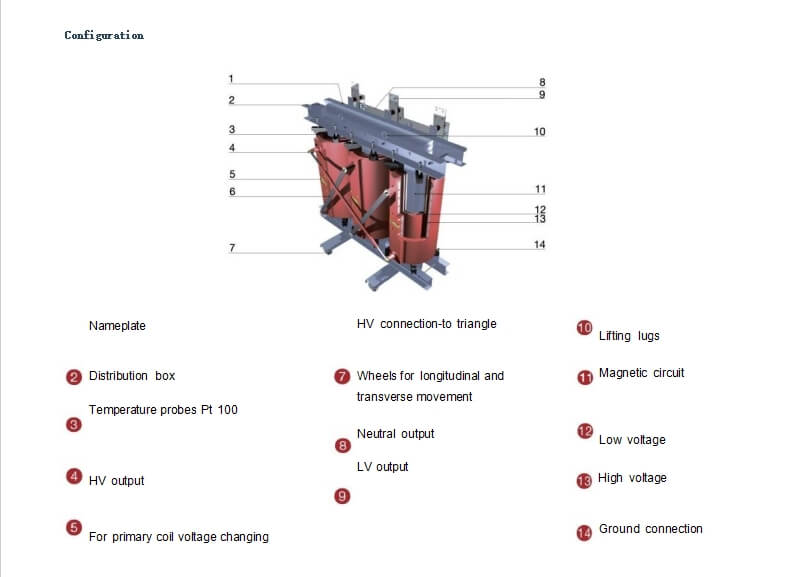What Is The Difference Between Dry-type Transformers And Oil-Immersed Transformers?
08-26 2024 | By:
Transformers can be divided into dry-type transformers and oil-immersed transformers. So what is the difference between the two? How can we choose in actual purchase?
In terms of price, dry-type transformers are more expensive than oil-immersed transformers.

Dry transformers are required in comprehensive buildings (basements, floors, rooftops, etc.) and crowded places. Oil transformers are used in independent substations. Transformers in box transformers generally use dry transformers. Oil transformers are generally used for temporary outdoor power supply. During construction, dry transformers and oil transformers are selected according to the space. Oil transformers can be selected when the space is large, and dry transformers can be selected when the space is crowded.
Oil transformers are easy to use in areas with relatively humid and hot climates. If dry transformers are used, forced air cooling equipment must be provided.
1. Appearance
Due to different packaging forms, dry transformers can directly see the core and coil, while oil transformers can only see the transformer shell.
2. Different lead forms
Most dry transformers use silicone rubber bushings, while most oil transformers use porcelain bushings.
3. Different capacity and voltage
Dry-type transformers are generally suitable for power distribution, with a capacity of less than 1600KVA and a voltage of less than 10K. Some transformers can reach a voltage level of 35KV, while oil-type transformers can reach all capacities from small to large, and all voltage levels. The ultra-high voltage 1000KV test line under construction in my country must use oil-type transformers.

4. Different insulation and heat dissipation
Dry-type transformers are generally insulated with resin, cooled by natural air, and large capacity by fans, while oil-type transformers are insulated by insulating oil, and the heat generated by the coil is transferred to the radiator of the transformer for heat dissipation by the circulation of insulating oil inside the transformer.
5. Applicable places
Dry-type transformers are mostly used in places that require “fire prevention and explosion prevention”. They are generally easy to use in large buildings and high-rise buildings. Oil-type transformers may spray or leak oil after an “accident”, causing a fire, so they are mostly used outdoors and in places where there is a site to dig an “accident oil pool”.
6. Different load bearing capacity
Generally, dry-type transformers should operate at rated capacity, while oil-type transformers have better overload capacity.
7. Different costs
For transformers of the same capacity, the purchase price of dry-type transformers is much higher than that of oil-type transformers. The model of dry-type transformers generally starts with SC, epoxy resin cast encapsulated type, SCR non-epoxy resin cast solid insulation encapsulated type, and SG open type. Most dry-type transformers use silicone rubber bushings, while most oil-type transformers use porcelain bushings.
You may also find these interesting:


